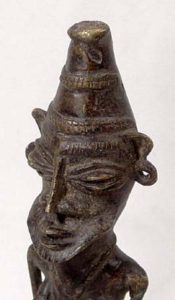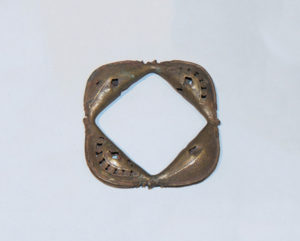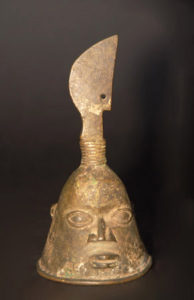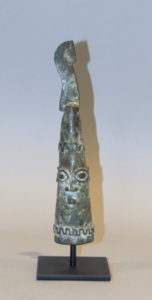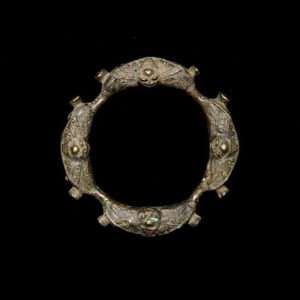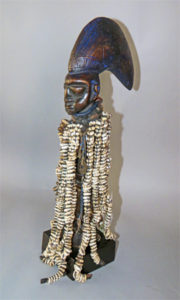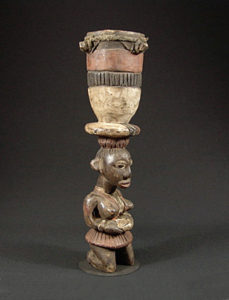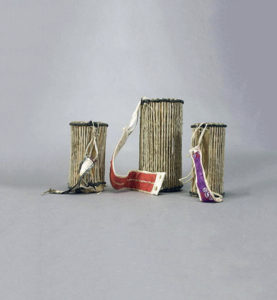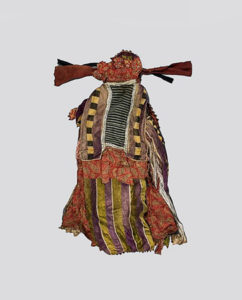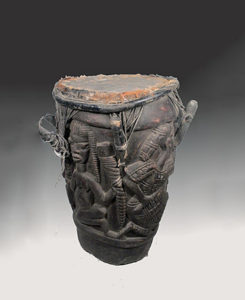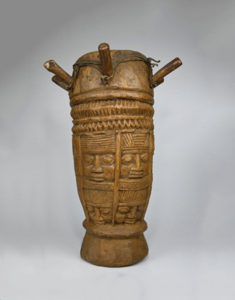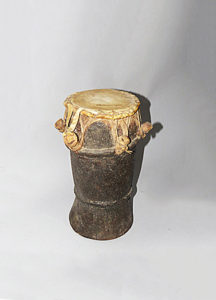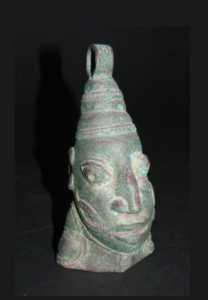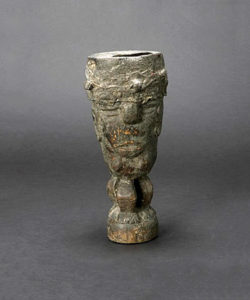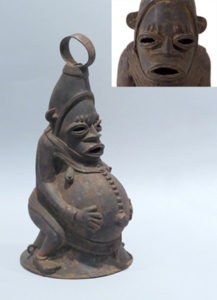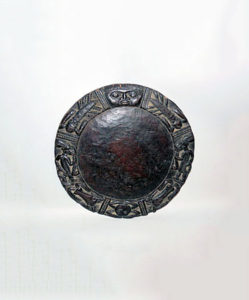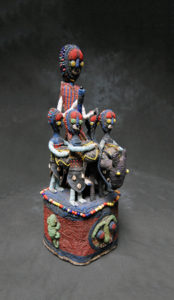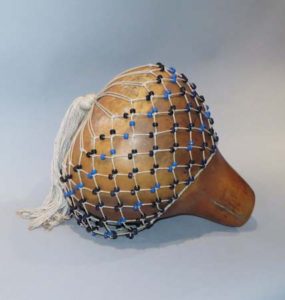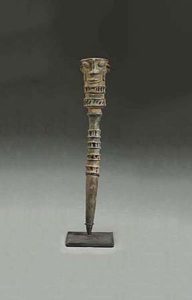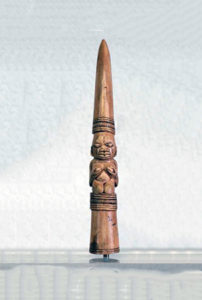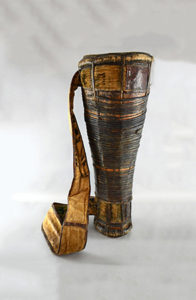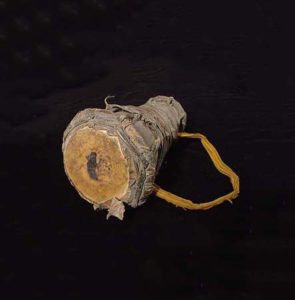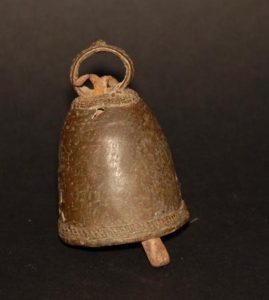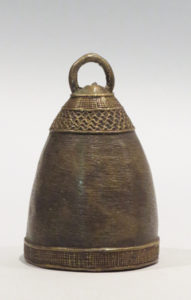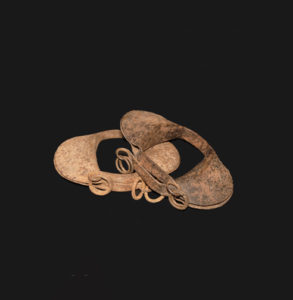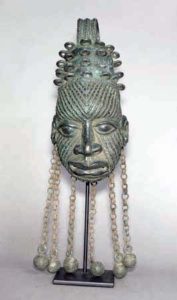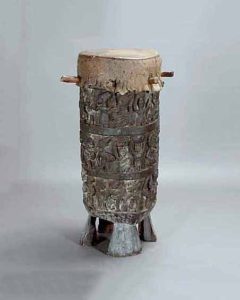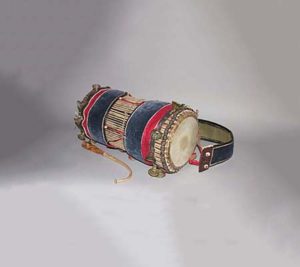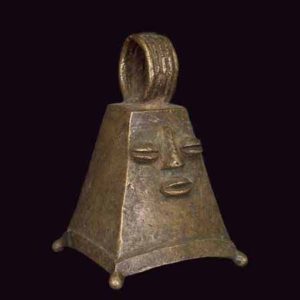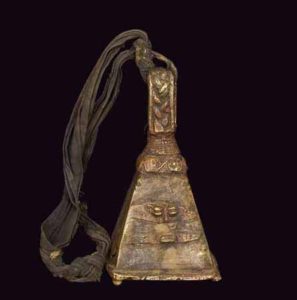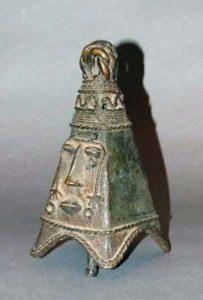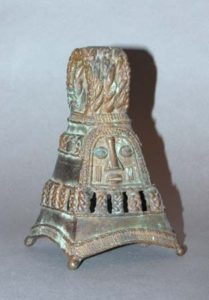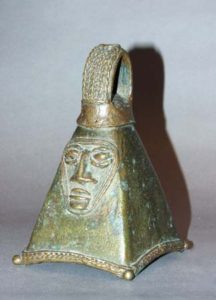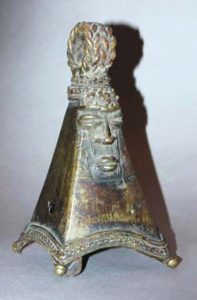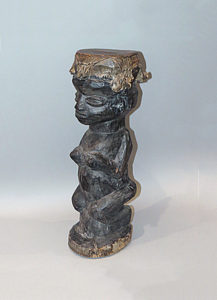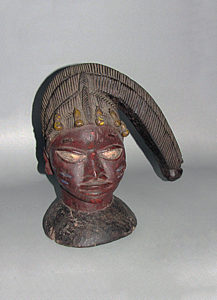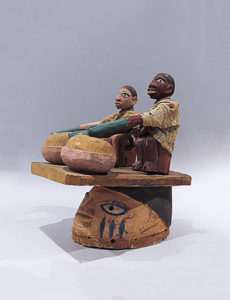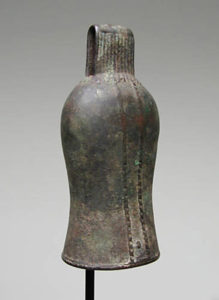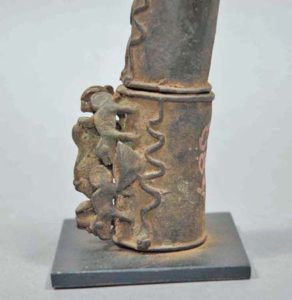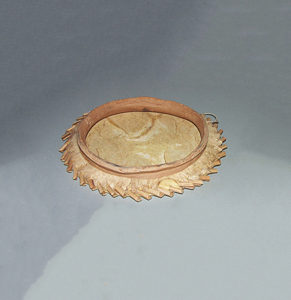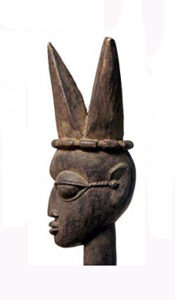Yoruba
The Yoruba are the largest cultural group on the African continent, with nearly 40 million people. The word ‘Yoruba’ describes both the language and a tribe living across Nigeria and the Popular Republic of Benin, in an area of forest and savannah. The Yoruba people’s primary living space is South-West Nigeria with substantial Yoruba communities in Benin, Togo and Sierra Leone but they are not bound by state or country borders. This area is often referred to as “Yorubaland”. Most of the terrain is either forest, woodland savannah, rich farmland or coastal swamps and lagoons.
The Yoruba’s have been in the area known as Yorubaland since the 7th century BC. Scholars believe the area was probably inhabited earlier by peoples of the Nok culture.
Yoruba people are prolific artists and craftsmen. Most of the Yoruba artifacts date from between the end of the 19th century and the middle of the 20th century and can often be attributed to a specific carver by name – an exception in African art. Most Yoruba art has a meaning or purpose behind it. Some items are carved for worship or for celebration, sometimes as a commemoration of Yoruba culture.
Source: Baquart, Jean-Baptiste. The Tribal Arts of Africa. New York: Thames and Hudson Inc.

